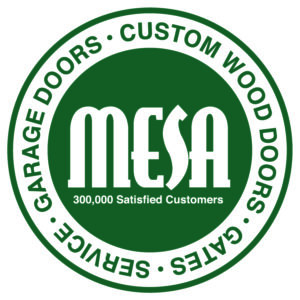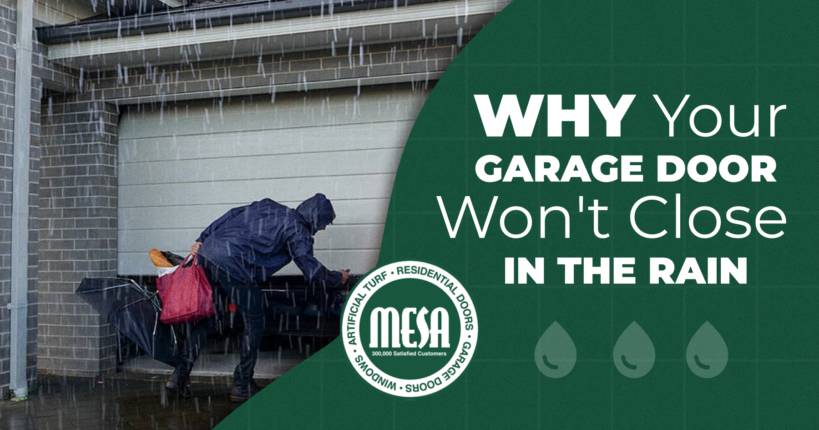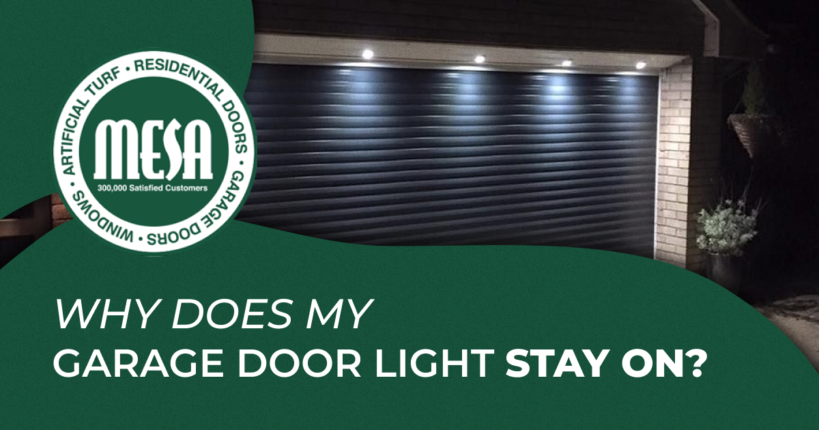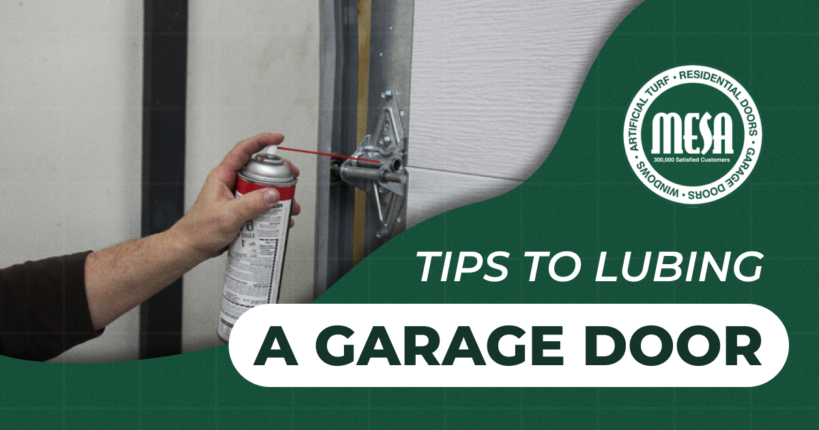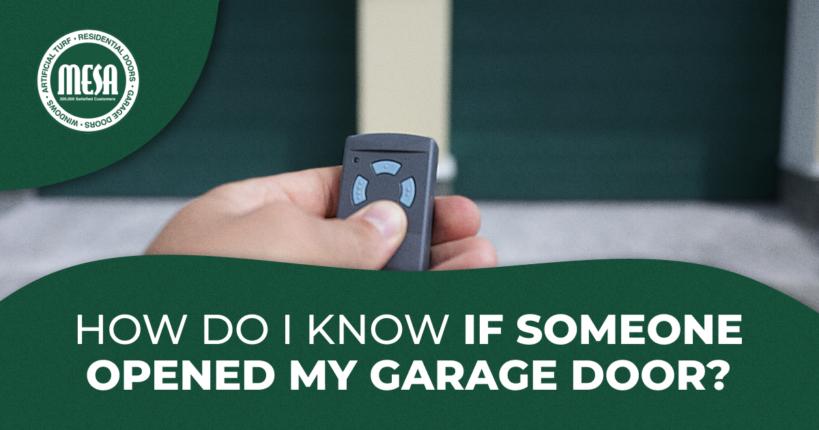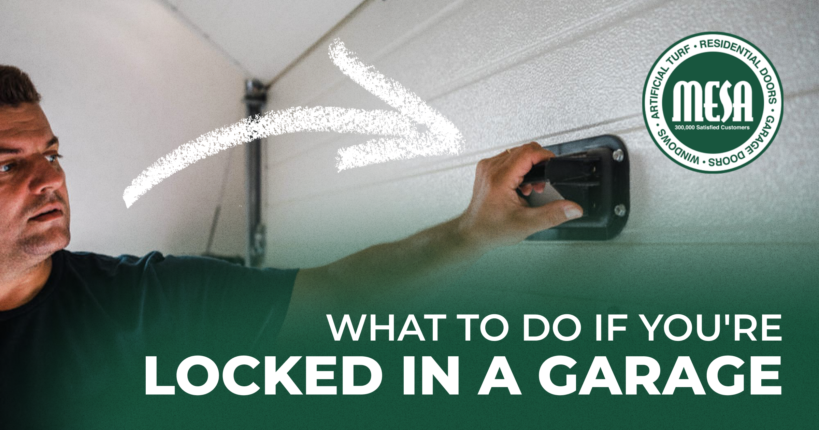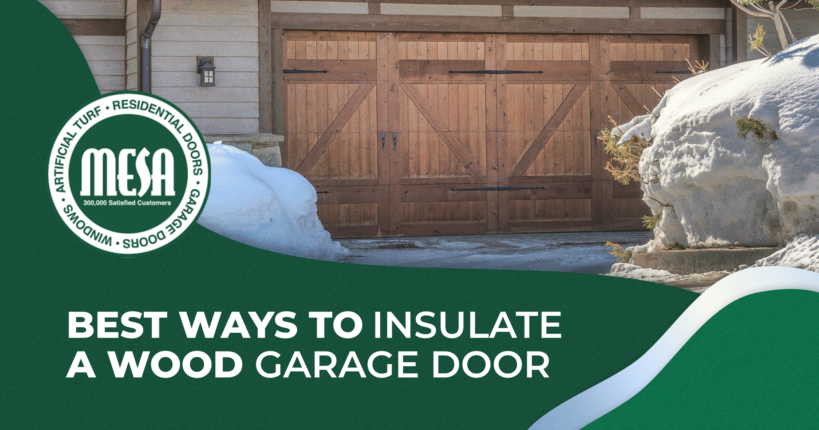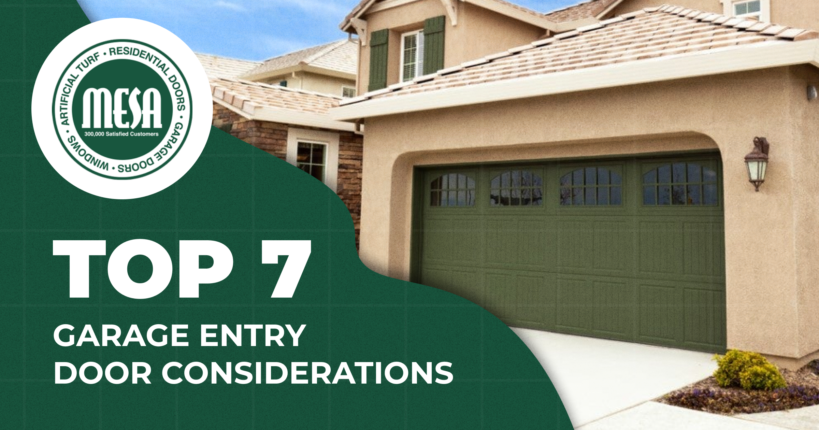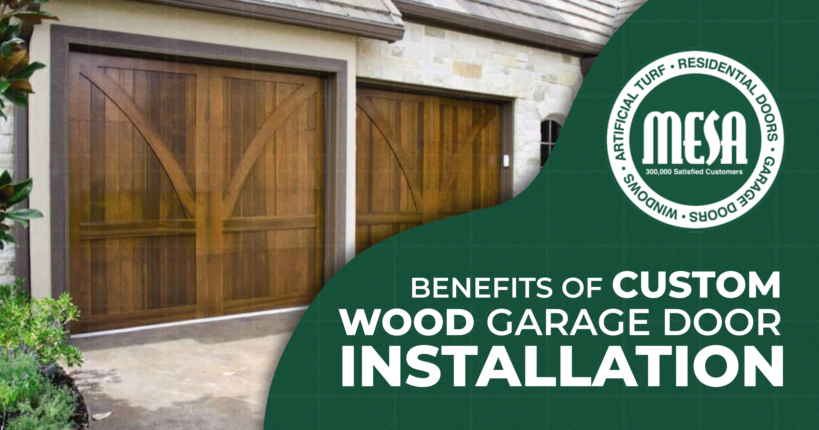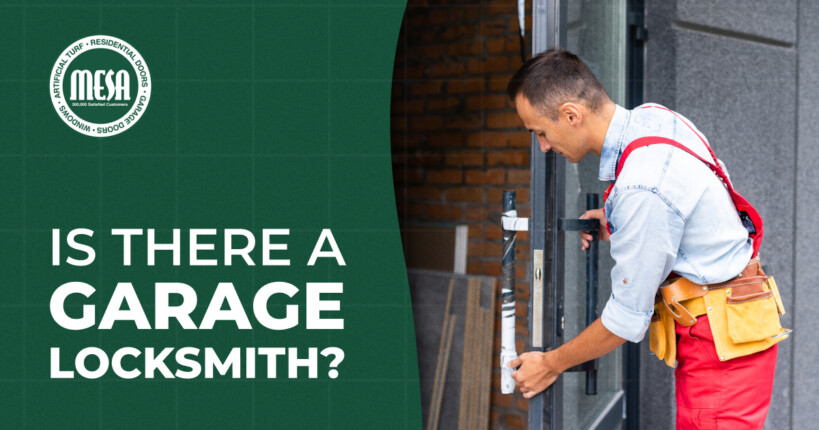Why Your Garage Door Won’t Close in the Rain
The weather can significantly affect your garage door. You might not think rain would cause issues with a well-maintained door, but that’s not always the case. A garage door is one of the most vulnerable parts of your home to water damage. If it’s compromised, your garage, the belongings you store there, and the rest of your home are not safe from the elements. When your garage door won’t close in the rain, call for help right away.
Why Your Garage Door Won’t Close
If your area recently had heavy rain, here are some reasons you may be having garage door trouble:
The Garage Door Has Soaked Up a Lot of Moisture
Some materials, especially wood, are effective at absorbing moisture. The more water your garage door absorbs, the heavier it becomes. Excess weight can strain various components and put more force on the garage door opener than it was designed to handle. Attempting to operate the door manually may be dangerous.
Your Garage Door’s Material Has Warped
Water damage can change the size or shape of a garage door’s panels or frame. The door can then get stuck as it can no longer move smoothly along its tracks. If your garage door won’t close in the rain, continuing to operate it can cause more damage. Misshapen parts can break or cause the entire door to fail.
Metal Components Have Rusted
In heavy rain, water can reach any part of your garage door and garage door opener. Exposure to moisture can cause metal parts to rust. When parts and components corrode, mechanical issues can occur and the garage door can get stuck.
Fallen Rainwater Has Frozen
If the temperature drops below freezing after a rainstorm, any water that’s fallen can become ice. It’s common for rainwater to pool around the rubber seals. When ice forms, it can prevent your garage door from opening (melting it with salt or heat can fix the problem). But if other parts of the system are affected, call a professional right away.
Rainwater Has Caused an Electrical Malfunction
Water can seep anywhere. If you can’t close your garage door, check whether the wall switch or its wires are damaged. Other wires that run to the garage door opener can also be affected. When this is the case, you’ll need not only a garage door repair professional but also a licensed electrician.
Your Garage Door Isn’t Well-Protected
Rain will seep through if the weather stripping has worn out. Replace the seal on the bottom and sides of the door to protect it against heavy rain. Aside from checking the weatherstripping, check your garage door’s condition. Any cracks, holes, warped panels, or alignment issues should be quickly addressed if your garage door won’t close or you find any damage. Check your door often and schedule routine maintenance or repairs to avoid such an issue.
Other ways to protect your garage door include adding a trench drain to direct rainwater away. Also, remember to clean the rain gutters above the garage so water can flow away instead of onto your garage door.
Contact Mesa Garage Doors for Garage Door Repair
Unless there’s a simple reason your garage door won’t close, such as a dead remote battery or dirty photo eye sensor, you’ll need a technician to troubleshoot and fix the problem. One wrong move can lead to more serious damage or being injured by heavy or high-tension components. We are available in Los Angeles and Orange, Riverside, Ventura, and San Bernardino Counties. If your garage door has been affected by heavy rain, call (714) 844-5741 to schedule your free garage door repair estimate.
